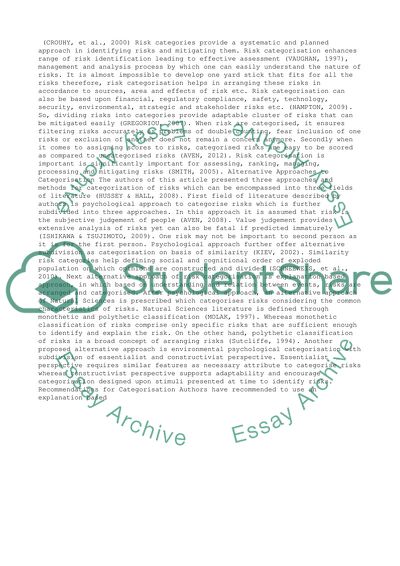Cite this document
(“Categorizing Risks for Risk Ranking by Morgan et al Essay”, n.d.)
Retrieved from https://studentshare.org/management/1494000-ypcategorizing-risks-for-risk-rankingy-by-morgan
Retrieved from https://studentshare.org/management/1494000-ypcategorizing-risks-for-risk-rankingy-by-morgan
(Categorizing Risks for Risk Ranking by Morgan Et Al Essay)
https://studentshare.org/management/1494000-ypcategorizing-risks-for-risk-rankingy-by-morgan.
https://studentshare.org/management/1494000-ypcategorizing-risks-for-risk-rankingy-by-morgan.
“Categorizing Risks for Risk Ranking by Morgan Et Al Essay”, n.d. https://studentshare.org/management/1494000-ypcategorizing-risks-for-risk-rankingy-by-morgan.


